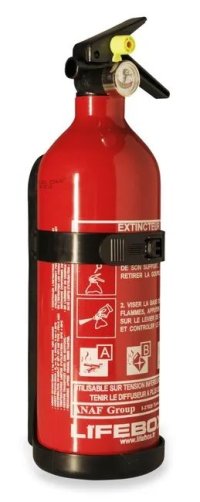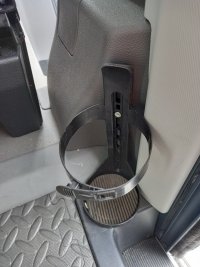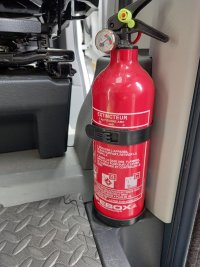Hi Guys,
I totally appreciate that everyone has their opinions and if you feel the Fire Safety Stick is not for you, then that is fine

Just to clarify, the Fire Safety Stick is completely certified as a fire extinguisher, it actually has a British Standards Verification certificate confirming this. I assume the point being raised was that it has no British Standards Kite Mark or confirms completely to EN3. The current standards, were written by the manufacturers of traditional pressurised extinguishers are are purely written around pressurised containers and that they require servicing. The Fire Safety Stick is not pressurised since inside it is a solid resin before activation. And it does not need any servicing since there is nothing to service (it's not pressurised). Incidentally it is now carried by many emergency services for their own use, such as Kent Fire and Rescue Service, South Yorkshire Police and various ambulance services and others being rolled out as I type this.
With regards to the YouTube video shown, the chap was trying to extinguish a bonfire with burning coals within it (as he clearly stated), coal burns from within, (not totally dissimilar to lithium batteries), I would not describe a bonfire with established burning coals as necessary an emergency fire situation. Even the truck demo was with several logs within the engine bay to add to the fire, also by the technique they were way too close to the fire and not allowing the vapour to act on the flames, being 1 or 2 feet further back would have had very different results! (With established burning logs within the oil drum.The Fire Safety Stick (like all extinguishers) is for small fires at the early stages, and not an established fire, with logs or coals.
Hope that clarifies a few points. Cheers





















